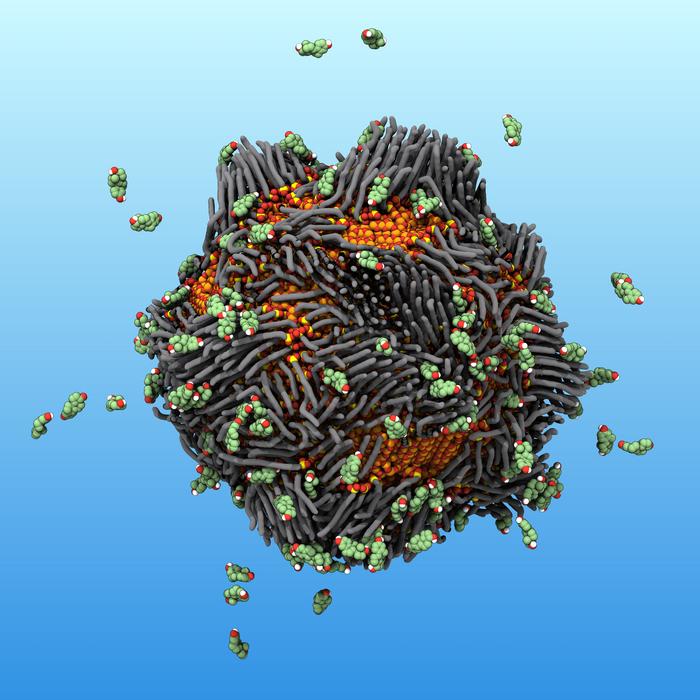Estrogen can be harmful to aquatic ecosystems when it enters water bodies through human and agricultural waste. Researchers have developed a novel method for extracting this hormone from water using specially engineered rust, known as “smart rust.”
Traditionally, introducing rust into water worsens its condition. However, researchers have managed to create unique iron oxide nanoparticles, dubbed “smart rust,” that enhance water cleanliness. These smart rust particles can attract various substances, such as oil, nano- and microplastics, and the herbicide glyphosate, depending on the particles’ coating.
Moreover, these nanoparticles can be effortlessly extracted from water using a magnet, carrying the pollutants with them. The research team has now fine-tuned these particles to capture estrogen hormones, substances that could potentially harm aquatic life.
The Science Behind
It Led by Marcus Halik, Ph.D., the team has been exploring environmentally friendly methods for removing pollutants from water. These researchers developed iron oxide nanoparticles that attract pollutants. Once coated with phosphonic acid molecules, these nanoparticles become “smart,” capable of strongly adsorbing various pollutants.
Promising Results
Initial tests of smart rust showcased its ability to trap pollutants such as crude oil, glyphosate, nano- and microplastics from various water sources, including the Mediterranean Sea and local ponds.
The development of “smart rust” nanoparticles offers an economical, non-toxic, and recyclable approach to water purification, promising a transformative impact on water treatment techniques.
“Our ‘smart rust’ is cheap, nontoxic and recyclable,” says Marcus Halik, Ph.D., the project’s principal investigator. “And we have demonstrated its use for all kinds of contaminants, showing the potential for this technique to improve water treatment dramatically.”







